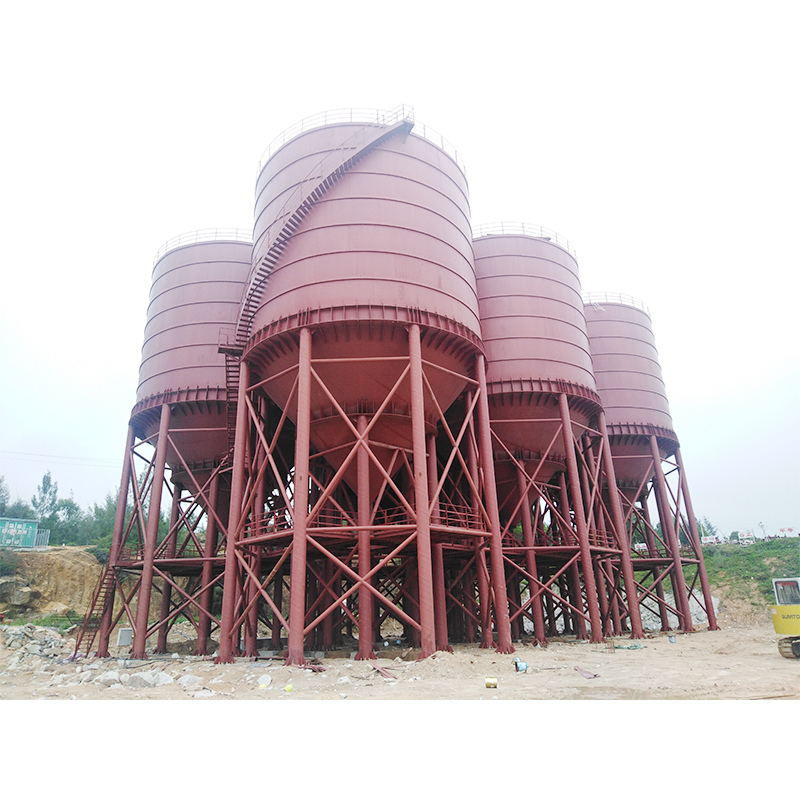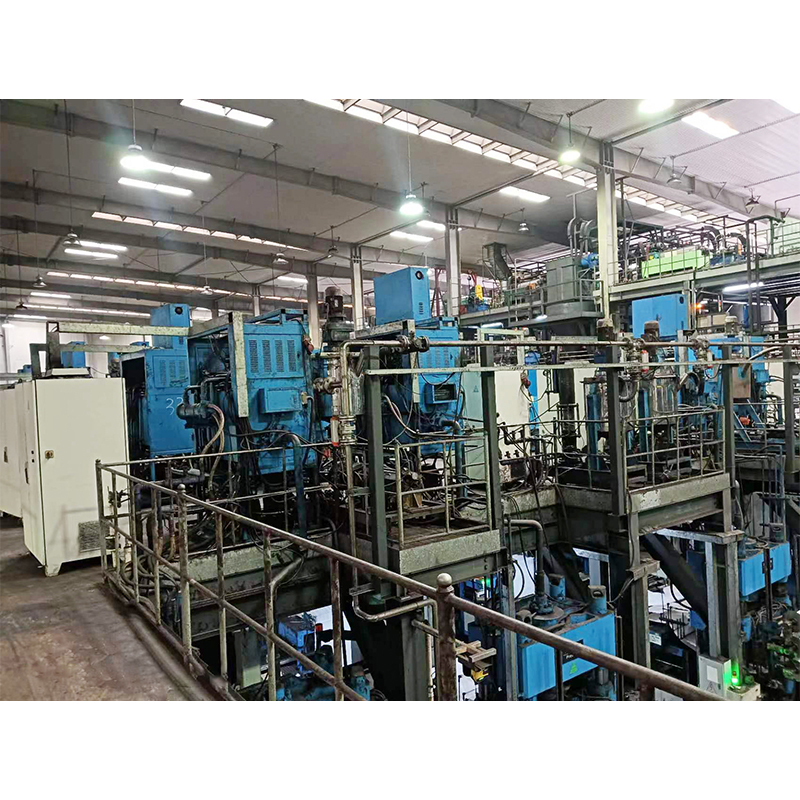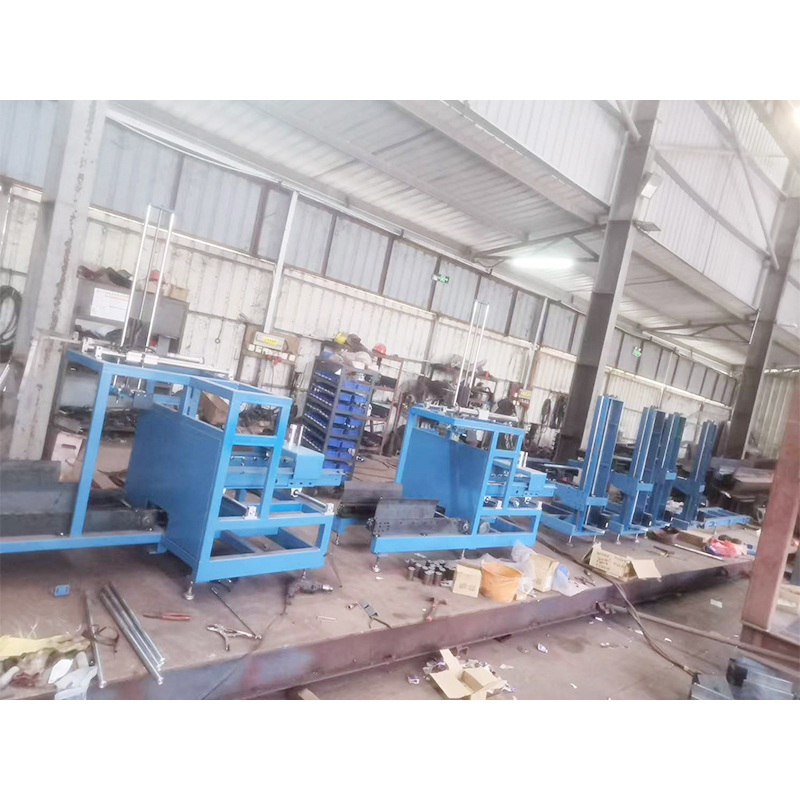What are the dust leakage prevention measures for automatic powder weighing and conveying systems?
Release Time : 2025-11-17
Automatic powder weighing and conveying systems in industrial production constantly face the challenge of dust leakage. The core solutions must revolve around three dimensions: equipment optimization, process improvement, and intelligent control, achieving zero dust emission through a multi-layered protection system.
Equipment optimization is the foundation of dust control. The system must employ a fully enclosed pipeline design, using fluororubber seals or quick-connect sealing flexible connections at key interfaces to ensure a leak-free conveying path. For example, a double-layer sealing structure is added to the connection between the storage silo and the screw feeder, forming an airtight barrier in conjunction with a negative pressure environment. The inner wall of the conveying pipeline is treated with polished 316L stainless steel or coated with PTFE to reduce material adhesion and minimize secondary dust emission due to residue. For materials prone to bridging, a high-frequency vibrator or fluidizing device is added to the bottom of the silo to physically break up material buildup and prevent sudden pressure changes in the pipeline caused by blockages.
Process improvement requires intervention at the source of dust generation. Vacuum conveying technology replaces traditional mechanical conveying, using a negative pressure environment to draw powder from the storage point to the target equipment. Even in the event of leakage, the powder diffuses inward, fundamentally eliminating the risk of external dispersion. For viscous powders, an airflow-assisted device can be introduced, using compressed air to fluidize the material and reduce conveying resistance. In terms of the material drop point design, a curved chute replaces a right-angle bend. The chute body adopts a streamlined octagonal structure, allowing the material to flow regularly along the wall, avoiding impact dust generated by free fall. A 3D-drawn guide spoon is installed inside the head funnel, achieving a soft landing of the material through a theoretical parabolic design, reducing relative friction with the conveyor belt.
An intelligent control system provides dynamic protection against dust. The system is equipped with an SPC intelligent control platform, which monitors pipeline pressure changes in real time through pressure sensors. When a sudden pressure change is detected, frequency conversion technology is automatically activated to adjust the airflow speed, preventing dust dispersion due to pressure fluctuations. Laser dust sensors are installed at key nodes, with a set concentration threshold of 10 mg/m³. Once the threshold is exceeded, an alarm is immediately triggered, and the system is shut down for inspection. The conveying terminal is equipped with a pulse dust collector, using PTEF microporous membrane composite filter bags. Regular backflushing cleans the surface dust from the filter bags, ensuring that exhaust emissions meet standards. For flammable and explosive dust, the system integrates an explosion-proof motor and electrostatic grounding device to eliminate the risk of sparks.
The synergistic effect of auxiliary devices further enhances dust control. A dry fog dust suppression system is installed at the top of the feed chute, atomizing water into 1-10μm particles under high pressure. This allows dust particles to fully contact the water mist and settle, achieving a 96% control rate for inhalable dust smaller than 10μm. The return cleaning box is equipped with a water mist system to wash away material adhering to the conveyor belt. Combined with a polyurethane scraper, it achieves simultaneous washing and cleaning, completely solving the problem of material carryover on the return trip. The rear sealed box features multiple layers of dust curtains and a widened overflow skirt, forming a multi-layered sealing structure to prevent dust spraying from the rear of the feed chute.
Regular maintenance is crucial for ensuring the long-term stable operation of the system. Establish a preventative maintenance system, checking seal wear weekly, cleaning pipe dust monthly, and replacing filter bags and other wear parts quarterly. Record equipment operating parameters using a PLC intelligent control system, utilize big data analysis to predict potential faults, and provide 30-day advance warning of equipment wear. Operators must receive professional training to master dust control procedures and emergency response measures, such as immediately shutting down the machine and activating the local exhaust ventilation system upon detecting a leak.
Through the comprehensive application of enhanced equipment airtightness, process source control, intelligent dynamic monitoring, auxiliary device coordination, and regular maintenance management, the automatic powder weighing and conveying system can construct a three-dimensional dust protection system. This multi-technology integrated solution not only meets the ISO 14644 cleanroom standard but also controls dust concentration within a safe range, creating a healthy working environment for workers and providing technical support for enterprises to achieve green production.







